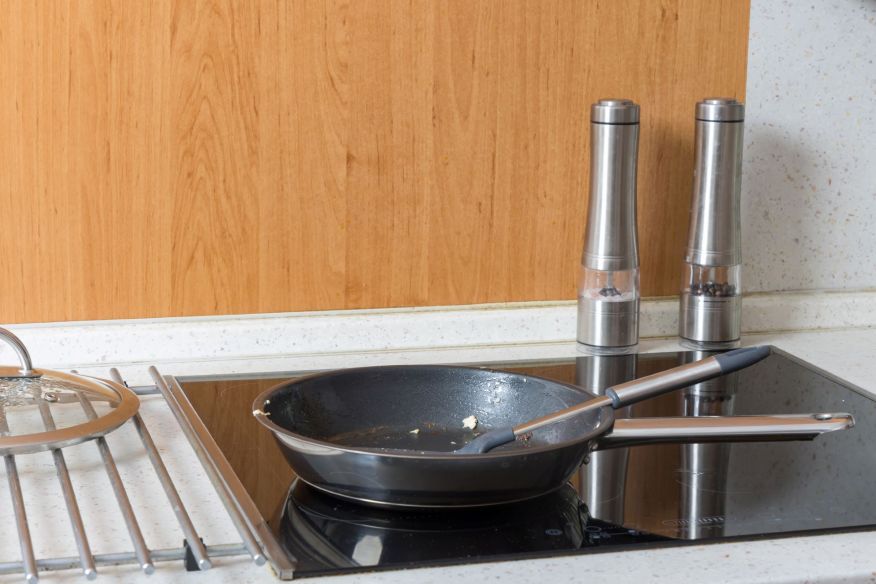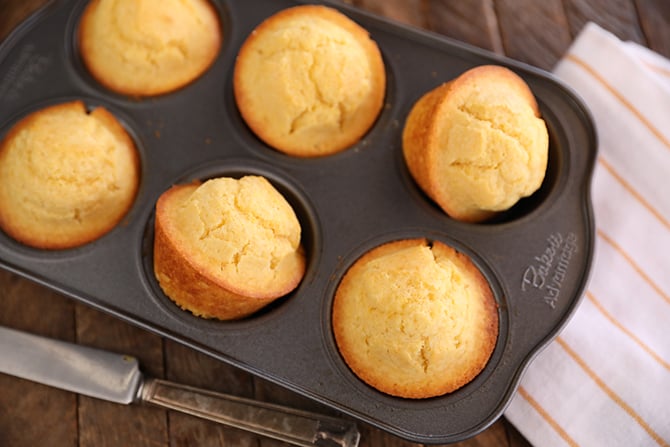In the world of culinary arts, the choice of cookware can dramatically affect both the preparation process and the ultimate outcome of a dish. Among the favorites in many kitchens is the cast iron pan, celebrated for its outstanding heat retention, remarkable durability, and the unique seasoning it acquires over time. However, when using cast iron on contemporary appliances like induction cooktops, its essential to consider one crucial element: the cast iron pan weight for induction. This article explores this vital aspect, offering insights and suggestions for culinary experts striving to achieve culinary excellence with the ideal balance of weight and functionality.

Understanding Induction Cooking
Before we get into the details of cast iron pan weight, let's clarify how induction cooking operates. Unlike traditional gas or electric burners, induction cooktops utilize electromagnetic fields to directly heat the cookware. This results in the pan itself generating heat, allowing for quicker and more efficient cooking. For a comprehensive look at how induction cooking functions, check out this detailed explanation.
The Importance of Pan Weight
The weight of a cast iron pan can significantly impact its performance on an induction cooktop. Heavier pans generally have more consistent contact with the surface, enhancing heat transfer. However, it's important to strike a balance, as overly heavy pans can be difficult to maneuver, particularly when they're filled with food. Culinary experts must find a weight that complements their cooking style and the types of meals they create.
Advantages of Heavier Cast Iron Pans
Using heavier cast iron pans brings numerous benefits, especially in a professional kitchen context. Their substantial weight aids in heat retention and even distribution, ensuring that food is cooked uniformly. This feature is particularly advantageous for tasks like searing meats or achieving a desired crust on various dishes. Furthermore, the stability offered by a heavier pan reduces the risk of accidental spills or tippinga crucial factor in a high-paced culinary environment.
Weight Considerations
While a heavier pan has many benefits, its not the only consideration. The design and build quality of the pan are equally important. For instance, pans with flat, wide bases provide improved contact with the induction surface, enhancing heat conduction. Additionally, the design of the handle should enable easy handling, even when the pan is fully loaded.
Selecting the Ideal Cast Iron Pan for Induction
When choosing a cast iron pan suitable for induction cooking, professionals should prioritize those that offer a balanced weight along with exceptional construction quality. Brands like Lodge and Le Creuset are widely recognized for producing induction-compatible cast iron cookware. These options typically come pre-seasoned and are designed to meet the demands of a busy kitchen.
For additional insights, including tips on using cast iron on induction cooktops, visit this guide by Culinacooks.
Caring for Your Cast Iron Pan
Proper care of cast iron pans is vital for maintaining their longevity and effectiveness on induction cooktops. Regular seasoning helps to preserve the non-stick surface and prevent rust. After each use, its best to clean the pan with hot water and a stiff brush, minimizing the use of soap when possible. If soap is required, it should be mild, and the pan should be dried promptly to avoid moisture damage.
For more tips on maintaining cast iron, check out our maintenance guide.

Frequently Asked Questions
Can any cast iron pans be used on induction cooktops?
Yes, most cast iron pans are compatible with induction cooktops; just ensure that the base of the pan is flat to optimize heat transfer.
Does a cast iron pans weight affect cooking times on induction?
Heavier pans generally retain heat better, which can help achieve more consistent cooking times. However, the efficiency of the induction cooktop means that weight is less critical compared to traditional cooking methods.
How can I prevent scratches on my induction cooktop caused by cast iron?
To minimize the risk of scratching, always lift the pan rather than sliding it across the surface. Regularly inspect the bottom of the pan for any rough spots or burrs.
For more information on using cast iron with induction, check out this link: Cook and Pan.





Leave a comment
This site is protected by hCaptcha and the hCaptcha Privacy Policy and Terms of Service apply.